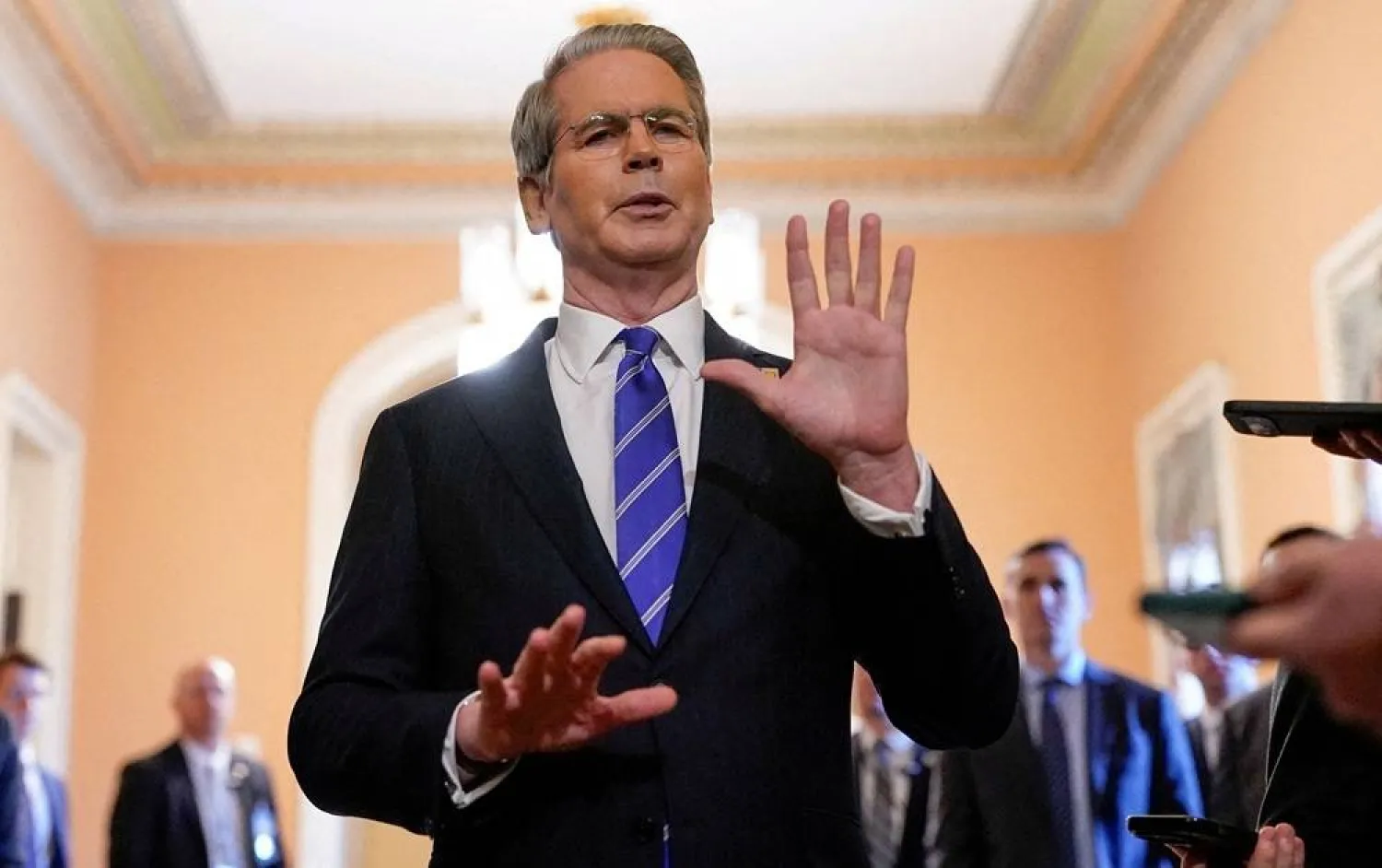About 100 countries are likely to see a reciprocal tariff rate of 10%, US Treasury Secretary Scott Bessent said on Thursday, adding that he expects "a flurry" of trade deals announced before a July 9 deadline that could see tariff rates increase sharply.
"We'll see how the President wants to treat those who are negotiating, whether he's happy that they're negotiating in good faith," Bessent told Bloomberg Television.
"I think that we're going to see about 100 countries who just get the minimum 10% reciprocal tariff and we'll go from there. So I think we're going to see a lot of action over the coming days," Bessent said.
If 10% tariffs were given to 100 countries, that would be fewer than originally envisioned by the Trump administration.
Its original reciprocal tariff list showed 123 jurisdictions that were given a 10% tariff rate - mostly small countries, along with some territories like Australia's uninhabited Heard and McDonald Islands.
Trump in April temporarily reduced the tariff rate for most countries to 10% to allow time for negotiations.
Many countries with an initial 10% duty rate have not had any negotiations with the Trump administration, with the exception of Britain, which reached a deal in May to keep a 10% rate and won preferential treatment for some sectors including autos and aircraft engines.
Major trading partners now involved in negotiations with the US could see much higher tariff rates, including 20% for the European Union, 26% for India and 24% for Japan. Other countries that have not engaged in trade talks with the Trump administration face even higher reciprocal tariffs, including 50% for Lesotho, 47% for Madagascar and 36% for Thailand.
Trump on Wednesday announced an agreement with Vietnam that he said cuts US tariffs on many Vietnamese goods to 20% from his previously threatened 46%, with many US products claimed to be allowed to enter Vietnam duty free.









